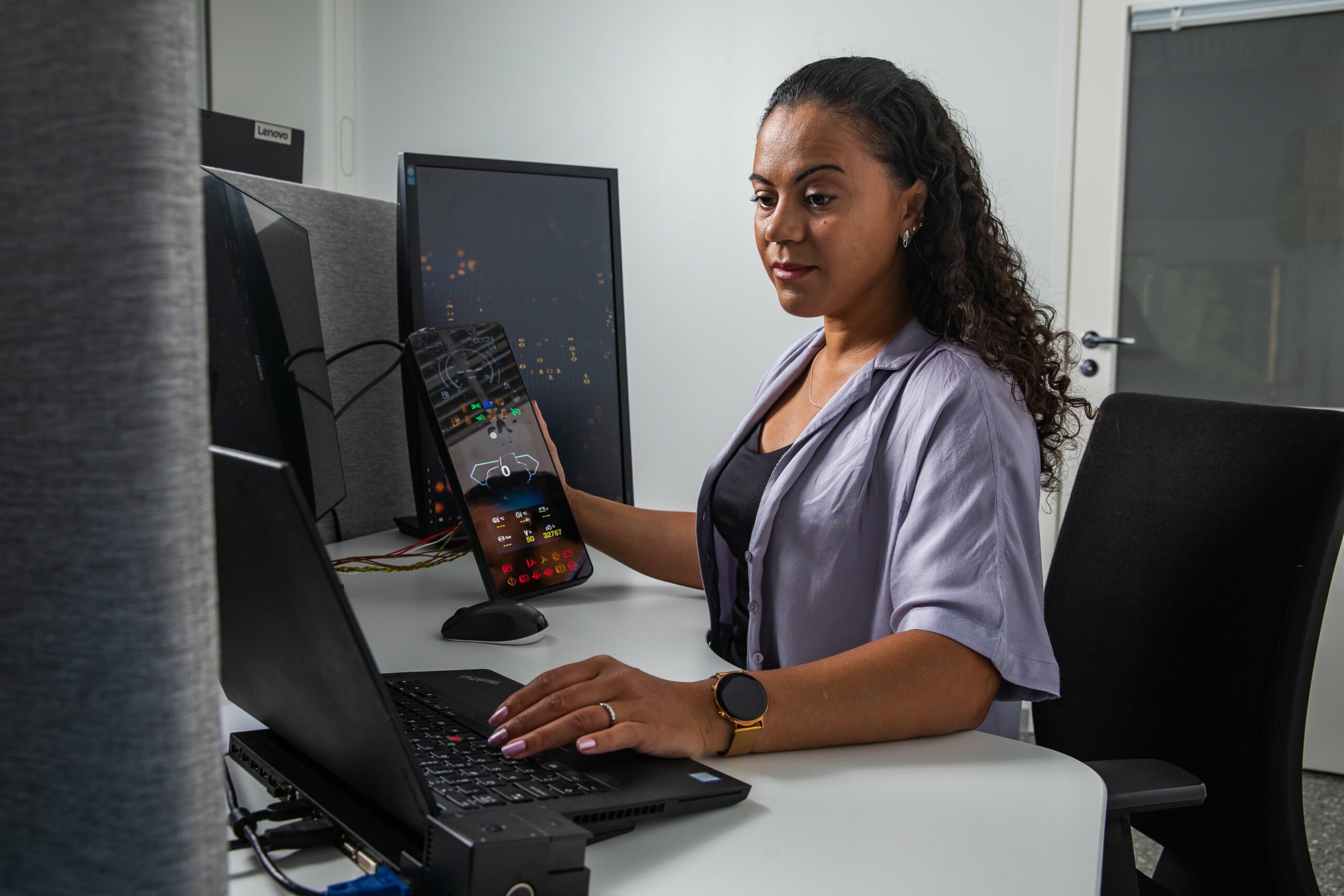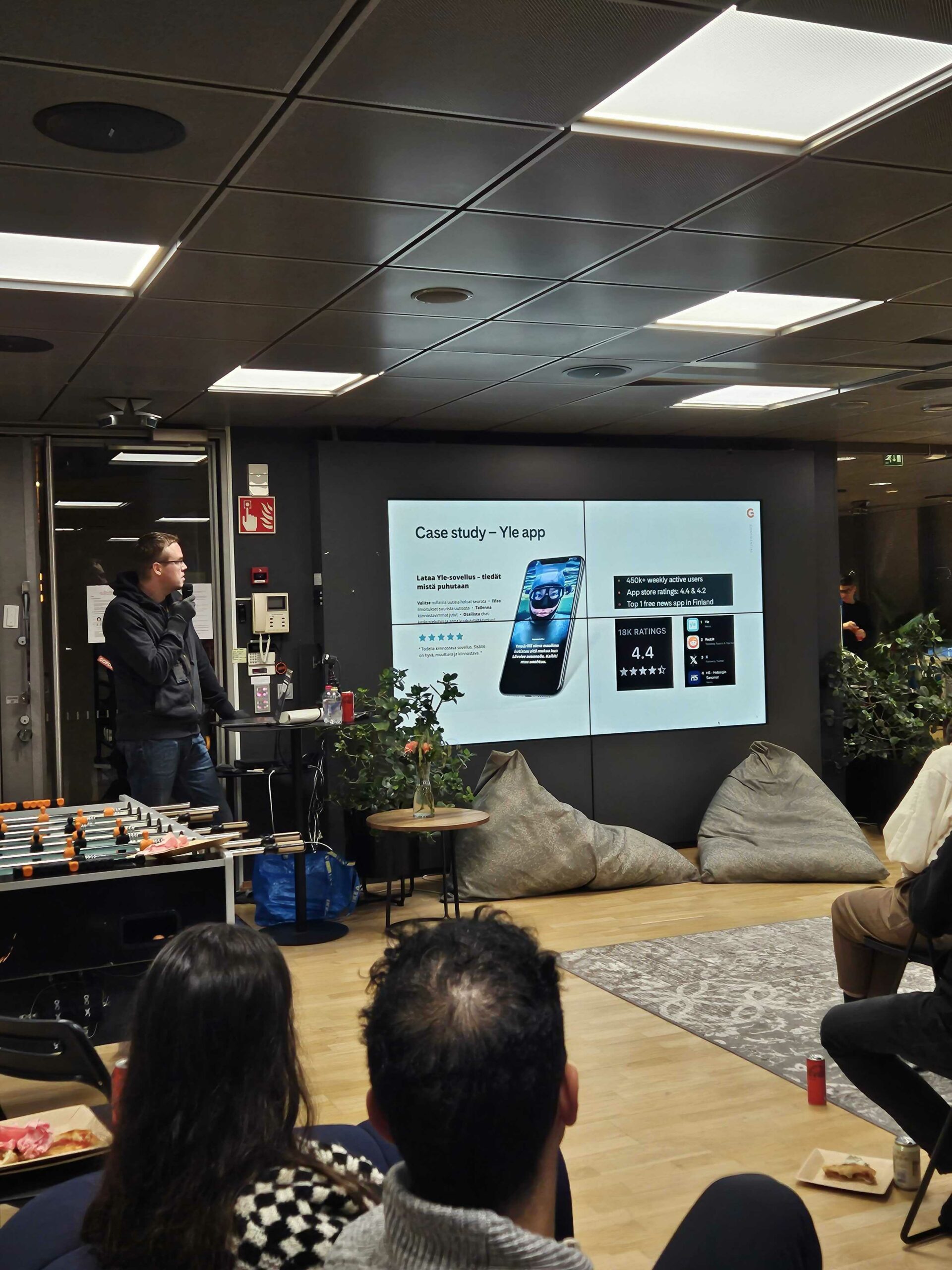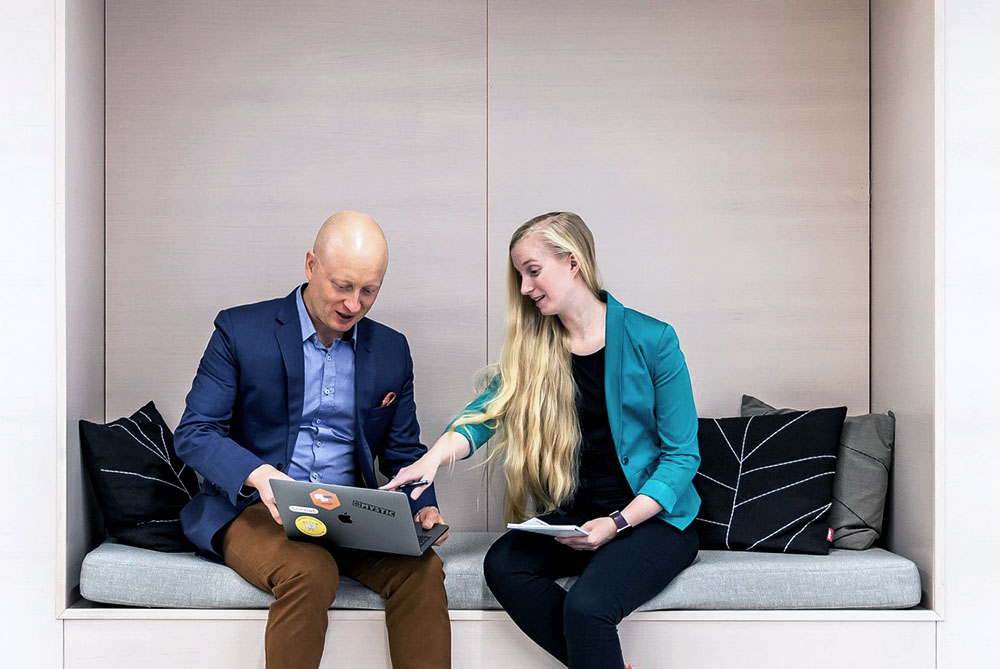At Gofore we love sharing our experiences and helping the next generation of researchers. Whenever we can, we talk to students, giving them practical examples of what it is like to be a researcher/designer in a digital transformation project. Previously we ran a course at the Tampere University of Technology, this course, “Introduction to Interactive Technology” was mainly for first-year students who have just started at the university. Our take on this topic was to provide insight into how to conduct research projects in different contexts taking into consideration, for instance, special user groups such as children and people with disabilities.
Below are some points from the course that we thought would be helpful for those aspiring to become researchers.
1. Do your background research
Try to get acquainted with the research target, the industry and terminology as thoroughly as possible. It’s alright that you don’t know everything – that is what interviews are for. The more you know about the subject before the interview, the easier it is to conduct your research and to get to the same level as your interviewee.
2. Understand the objective
It is extremely important to understand what it is that your customer wants to achieve with the research. If the objective is not clear, you might end up choosing the wrong methods, wrong questions and taking your analysis in the wrong direction. Even worse, you may report findings that are not useful for the customer. So have plenty of discussions with your customer to make sure you understand each other and share the same objectives.
3. Choose the most suitable research methods
Not all research methods can be used for all purposes. For instance, the interview type and duration have to be thought about carefully, especially when doing research among special groups. If you are conducting a usability test, the test tasks have to be designed keeping the target user group in mind. You have to take into consideration the research objective, the group that you are studying and the possible outcome you need from the study.
4. Expect the unexpected
You can never prepare yourself for everything that can happen during an interview. For example, one of our researchers, Suvi faced a tricky situation when interviewing children under five years with their parents. One participant threw a real tantrum in the middle of the interview and was not cooperative at all. The solution was to distract his attention, this time it was done by trying out the Gigglebugg iPhone game while the interview continued. Discretion is key in any situation; you need to be able to interpret the interviewee and make sure they feel at ease in the situation. After conducting research for years, believe me, you get used to being out of your comfort zone most of the time.
5. Maintain a child-like enthusiasm
Interviewing people and getting to know their stories can be truly fascinating! Be prepared to ask as many why’s and why not’s as you possibly dare in order to delve deeper into the subject. Have an open mind and be prepared to learn things you thought you would never even come across.
6. Be empathic but maintain objectivity
Empathy as a word does not mean much, but it is a state of mind that should be reached while doing research. Showing your emotions and understanding how the other person feels and what their struggles are can enable a major breakthrough in the interview. If you just stick to asking questions like a robot, you probably won’t get much out of the interview. However, when analysing the results, you need to maintain objectivity and treat all the interviewees as equal.
7. Analyse the results with a colleague
This is not a requisite, but sometimes it is easier to find the storyline and missing links while doing analysis with a colleague. For example, creating an affinity wall makes the data visual allowing several people to pitch into the analysis. In addition, you get confirmation that the findings are not just your own, but others can back them up as well. Most of all, doing analysis and reporting with a colleague can be fun and inspiring!
We hope that these tips will help the next generation of user researchers as they navigate their academic studies. We are always open to comments, suggestions and questions about user research and service design, and if these tips have inspired you, why not comment below or get in touch.
Interested to join us?



